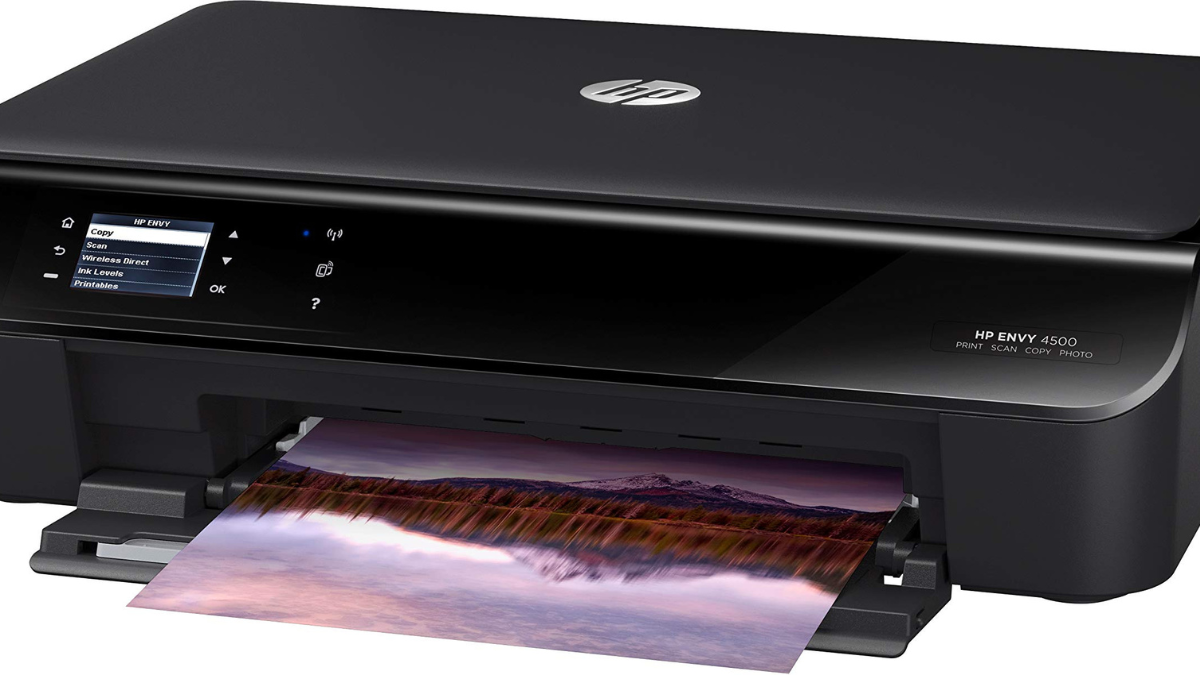Introduction
Setting up a printer on macOS should be a seamless process, but users often encounter challenges during installation. Whether your printer isn’t showing up, fails to connect, or isn’t responding to print commands, troubleshooting these issues is essential for a smooth setup.
In this guide, we’ll walk you through the common printer installation problems on macOS and provide step-by-step solutions to ensure your printer is properly set up and ready to use.
Common Printer Installation Issues on macOS
Before diving into troubleshooting, let’s review some of the most frequent problems users face when installing a printer on macOS:
- Printer not detected: macOS fails to recognize the printer during setup.
- Driver compatibility issues: The printer driver is outdated or incompatible with macOS.
- Network connectivity problems: Wi-Fi printers struggle to establish a connection.
- Printing delays or errors: Jobs get stuck in the print queue or fail to print.
- Firewall or security settings blocking the printer.
Understanding these common challenges will help in identifying the right solution for your setup.
Step-by-Step Guide to Troubleshoot Printer Installation
Step 1: Ensure the Printer is Properly Connected
- For USB printers, check that the cable is securely plugged into your Mac.
- For Wi-Fi printers, confirm that both your Mac and printer are on the same network.
- Restart your printer and Mac to refresh the connection.
- If using Bluetooth, ensure that Bluetooth is enabled on your Mac and the printer is in pairing mode.
Step 2: Verify Printer Compatibility with macOS
- Visit the printer manufacturer’s website to check if your printer model is compatible with your macOS version.
- Some older printers may require additional drivers or software to function correctly.
Step 3: Update macOS and Printer Drivers
- Go to System Settings > Software Update and ensure your macOS is up to date.
- Download the latest printer driver from the manufacturer’s website if macOS doesn’t install it automatically.
- If macOS suggests using AirPrint, it means your printer supports Apple’s native printing protocol without additional drivers.
Step 4: Add the Printer Manually in macOS System Preferences
- Open System Settings on your Mac.
- Navigate to Printers & Scanners.
- Click Add Printer, Scanner, or Fax.
- Select your printer from the list (USB, Wi-Fi, or network-based printers will appear).
- Choose the correct driver (AirPrint is recommended if available).
- Click Add, and your printer should now be available.
Advanced Troubleshooting Tips
If the above steps don’t resolve the issue, try these additional fixes:
- Reset the printing system: Go to Printers & Scanners, right-click the printer list, and select Reset Printing System. This removes all printers and resets settings.
- Manually install printer software: Some printers require additional utilities or firmware updates.
- Try a different connection method: If Wi-Fi setup fails, use a USB cable or Ethernet connection as an alternative.
- Check printer queue: If jobs are stuck, clear the print queue and try again.
Checking for macOS Firewall or Network Issues
Sometimes, macOS security settings block printer connections. To fix this:
- Open System Settings > Network > Firewall & Privacy and temporarily disable the firewall to test the connection.
- If the printer is on a separate network band (2.4GHz vs. 5GHz), try switching your Mac to the same band as the printer.
When to Contact Support
If none of these steps resolve your issue, it may be time to contact support:
- Reach out to your printer manufacturer’s customer support for model-specific guidance.
- Check Apple Support for macOS compatibility or known issues.
- If your printer is still under warranty, consider requesting a replacement.
Additional Tips for a Smooth Printer Setup
- Use official drivers: Always download printer drivers from the manufacturer’s website rather than third-party sources.
- Enable printer sharing: If multiple users need access, go to System Settings > Sharing and enable Printer Sharing.
- Restart after installation: A quick restart can often resolve lingering connection issues.
- Keep macOS updated: Regular updates improve system compatibility with external devices.
- Use AirPrint if available: It simplifies installation by eliminating the need for extra drivers.
Preventing Future Printer Installation Issues
To minimize printer setup problems in the future:
- Regularly update drivers: Outdated drivers can cause connectivity and compatibility issues.
- Check macOS compatibility before updating: New macOS updates may affect printer performance.
- Ensure a strong Wi-Fi connection: Weak signals can cause intermittent printing failures.
- Use high-quality USB cables: Poor-quality cables can lead to unreliable connections.
Conclusion
Installing a printer on macOS can sometimes be frustrating, but following these troubleshooting steps can resolve most common issues. Ensuring the correct connection, updating drivers, and adjusting macOS settings can make the setup process smooth and efficient.
By mastering these steps, you can minimize installation errors and enjoy hassle-free printing on your Mac. If issues persist, reaching out to professional support can provide additional assistance. Now, go ahead and set up your printer with confidence!
